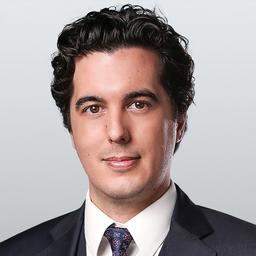If ever you find yourself in China, head out to a park early in the morning. You’re likely to see groups of people doing slow movements or different exercises. Most of them are practicing qigong, which has roots in some of China’s more ancient systems for self-cultivation—systems meant to temper and improve a person’s nature, physically and spiritually.
After the violence of the Cultural Revolution, qigong began to have mass appeal. Many of the true systems had been passed down from master to disciple through generations, but in order to popularize qigong, qigong masters did not impart the ancient systems in their fullness. People were taught how to cure their illnesses and keep their bodies healthy.
Qigong was mostly practiced by elderly people or anyone who had illnesses beyond the help of Western medicine. But this began changing when Falun Gong was brought to the public on May 13, 1992. In November of that year, a woman named Ruijing Mi had attended a workshop on the practice given by its founder, Mr. Li Hongzhi.
“After the first day of the workshop, I walked home almost like I was drifting in the clouds,” said Ms. Ruijing. “I was very, very light.”
Ms. Ruijing now lives in New York. Although she’s in her mid-50s you'd never guess. Her face is clear, without wrinkles, and she has a soft smile and kind glint in her eyes. She spoke to The Epoch Times through a translator.







